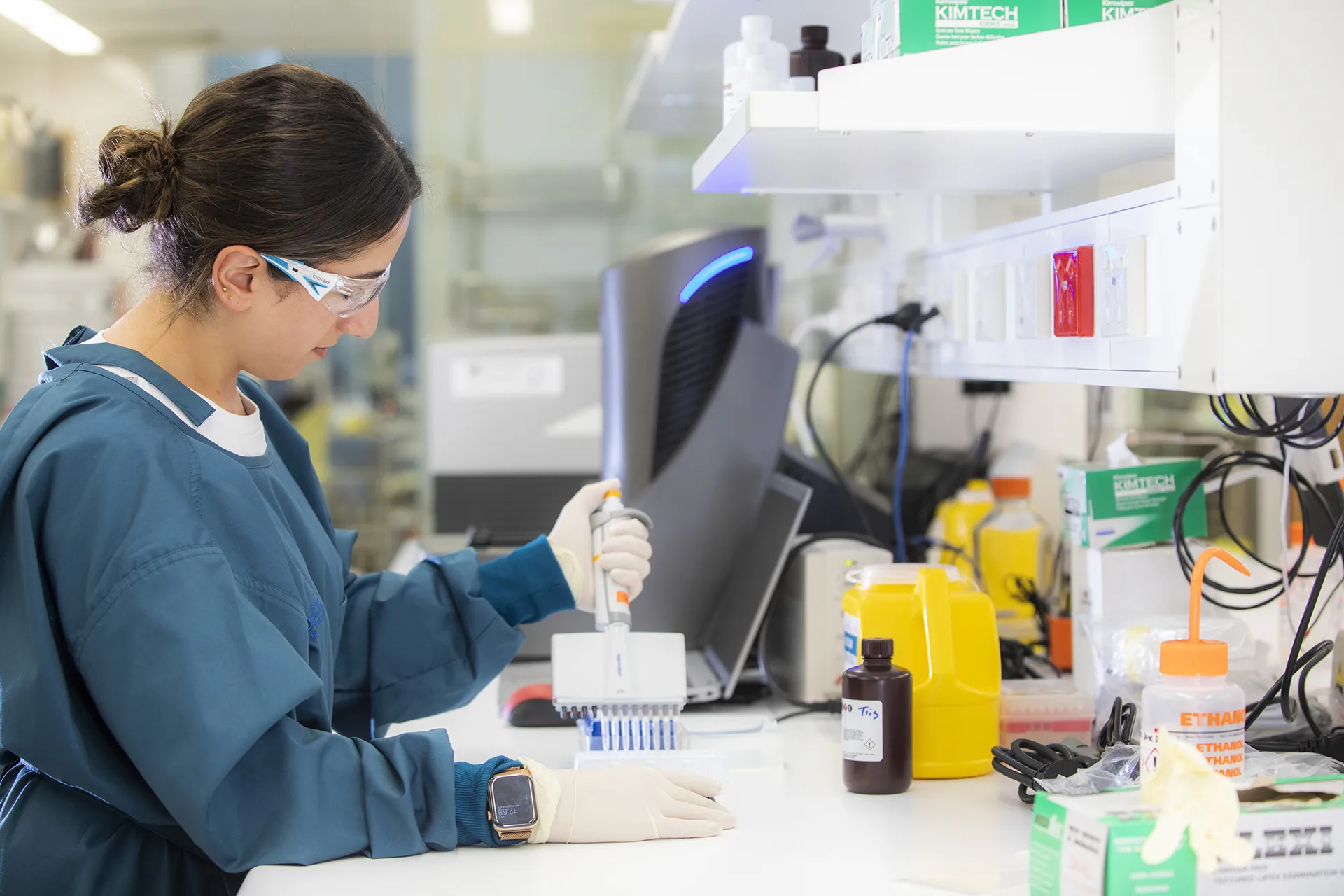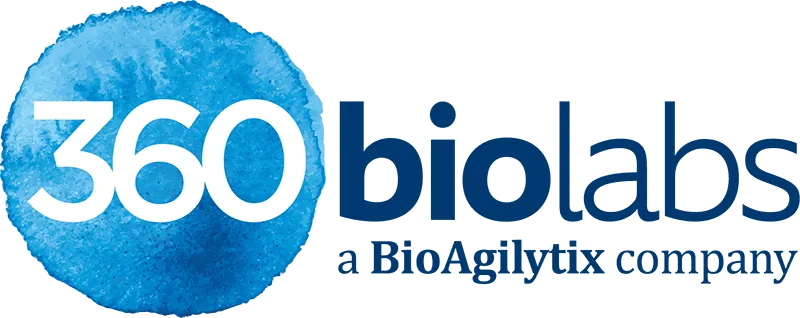Characterizing Anti-Drug Antibodies in Clinical Trials

In 2023, the FDA approved 55 novel drugs, either as new molecule entities (NMEs) under New Drug Applications (NDAs), or as new therapeutic biological products under Biologics License Applications (BLAs). Twenty of the 55 novel drugs approved (36%) were first-in-class, having a mechanism of action that was different from those of existing therapies. Seventeen (31%) of these approvals were biologics.

Biotherapeutics are an important class of drugs used in a range of therapeutic areas including oncology, neurology and rare diseases. The number of next-generation biotherapeutics in the R&D pipeline has risen, to 800 from 600 at the end of 2019. The greatest increase in activity has been seen in CAR-T and NK cell therapies, and gene editing and RNA therapeutics which is a testament to their immense potential for improving human health.
There is great diversity in the mechanisms of action (MoAs) for the pharmacological activity of these biotherapeutics; these can include stimulating a pathway, blocking a deregulated protein’s activity and delivering a toxin to disease cells. All biotherapeutics have the potential to trigger an immune response, generating anti-drug antibodies (ADAs) that bind to different epitopes on the therapeutic protein. Of these ADAs, a subset can inhibit or completely neutralize a therapeutic molecule by binding to regions critical for its pharmacological activity. Known as neutralizing antibodies or NAbs, this subset of ADAs have been shown to impact the biological effect of a drug in vivo, and consequently impair clinical efficacy. The clinical effects caused by ADAs, especially NAbs, can range in severity, from benign to mild (loss of efficacy towards a drug for which an alternate therapy may be available) to life-threatening (fatal hypersensitivity response, neutralization of life-saving biotherapeutic, or a non-redundant endogenous counterpart of the therapeutic protein).
It is a regulatory expectation to monitor and characterize the ADAs specific to a biotherapeutic in order to evaluate the drug’s efficacy and safety. The FDA and EMA provide recommendations to facilitate the development and validation of assays that assess a therapeutic’s immunogenicity potential during clinical trials. The widely adopted multi-tiered strategy for evaluation of immunogenicity recommended by the FDA and EMA consists of a sensitive Screening Assay (tier 1) for the detection of all potential antibody-positive study samples, followed by a confirmatory Assay (tier 2) where screen-positive samples are tested for specificity to the therapeutic. Confirmed positive samples are then tested in a Titer Assay to determine the magnitude of positivity and in a Neutralizing Antibody (Nab) assay to evaluate their neutralising capacity. Further characterisation may include assays to detect particular isotypes.
Assays should be designed to be sensitive, specific, precise and robust. Assay formats can include indirect, bridging, and competitive immunoassays, including:
- Enzyme-linked immunosorbent assay (ELISA)
- Electrochemiluminescence assay (ECL)
- Radioimmunoassay (RIA)
- Radioimmunoprecipitation assay (RIPA)
- Surface resonance assay (SPR).
Oncology is a therapeutic area well known to 360biolabs. In November 2019, 360biolabs supported a Phase 1 study involving melanoma and HCC patients. Thirty-six patients were recruited in Australia for dose escalation, with the study also expanding to the USA, Hong Kong and Netherlands for dose expansion. The study successfully closed in December 2022 after provision of PK, ADA, immunophenotyping via flow cytometry (10 colour flow panel) and inflammatory biomarker assessment (MSD 5-plex). Assays were transferred to our USA laboratories under harmonised SOPs for seamless continued support into dose expansion.

Biotherapeutics in the gene therapy, cell therapy and vaccine space have led to an increased need to perform not only ADA assessment but also cellular immunity testing in a regulated environment to ensure the safety and efficacy of these treatments. Cellular immunity assays are more complex than traditional immunoassays since they include cell culture, often resulting in assays that are less reproducible. Cellular immunity assays must be sensitive enough to reliably detect potentially low levels of T-cell populations and the lack of appropriate reference standards and positive control samples contribute to the challenges associated with these assays.
The current most common method for the measurement of cellular immunity has been Enzyme Linked Immunospot (ELISpot) assays; however, there is a lack of regulatory guidance available for developing and validating these types of assays. The Global CRO Council in Bioanalysis (GCC) was created in 2010 as an independent global consortium bringing together contract research organization (CRO) leaders to discuss various topics and challenges in scientific and regulatory issues related to bioanalysis. BioAgilytix, 360biolabs parent company, is a member of the GCC and prides itself on scientific excellence in cellular immunity testing assays. White papers on specific topics of widespread interest in bioanalysis, including ELISpot, have been published to provide unified GCC recommendations to assist the global bioanalytical community.
As a world-leading authority in the field of immunogenicity testing, large and small molecule PK, biomarkers, flow cytometry, cell-based assays and virology, BioAgilytix understands the complexities of bioanalysis. This case study outlined above demonstrate the diverse service offering at 360biolabs in Australia, and in our North America and European laboratories. Utilising a bioanalytical laboratory with locations across the globe ensures that our clients can remain with the same high quality laboratory as they progress their programs successfully from Phase 1 to Phase 2 and beyond.
To hear about how 360biolabs, a BioAgilytix company, can support your clinical programs
